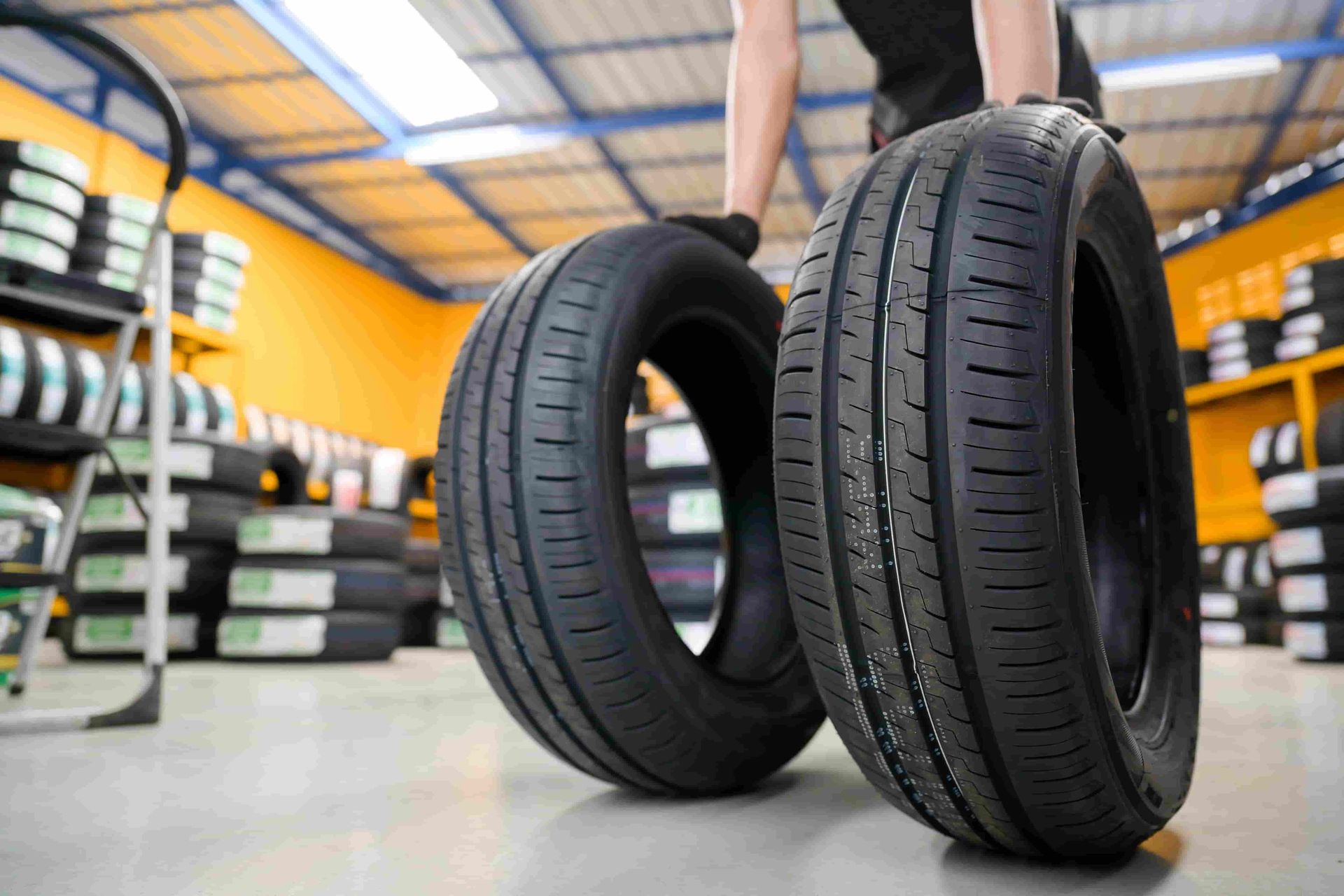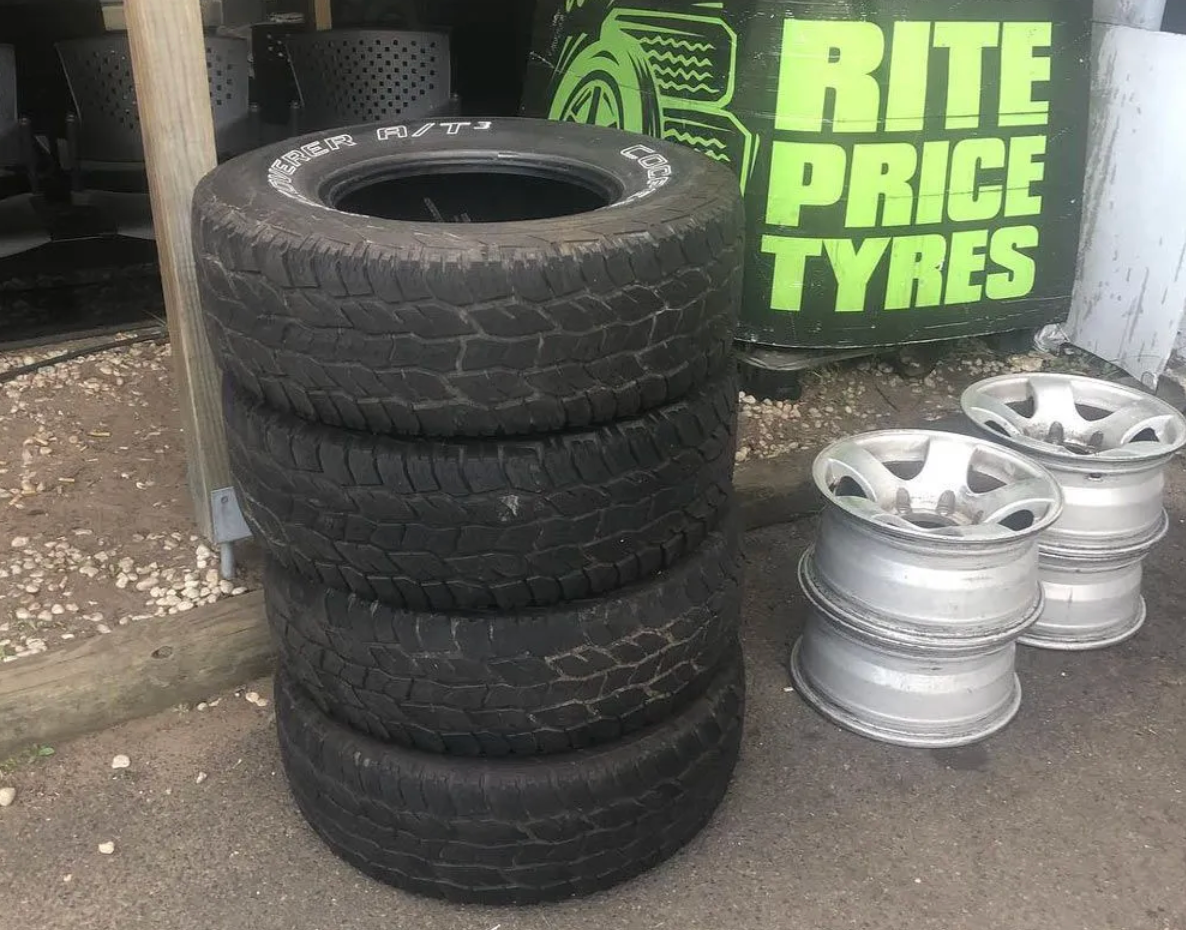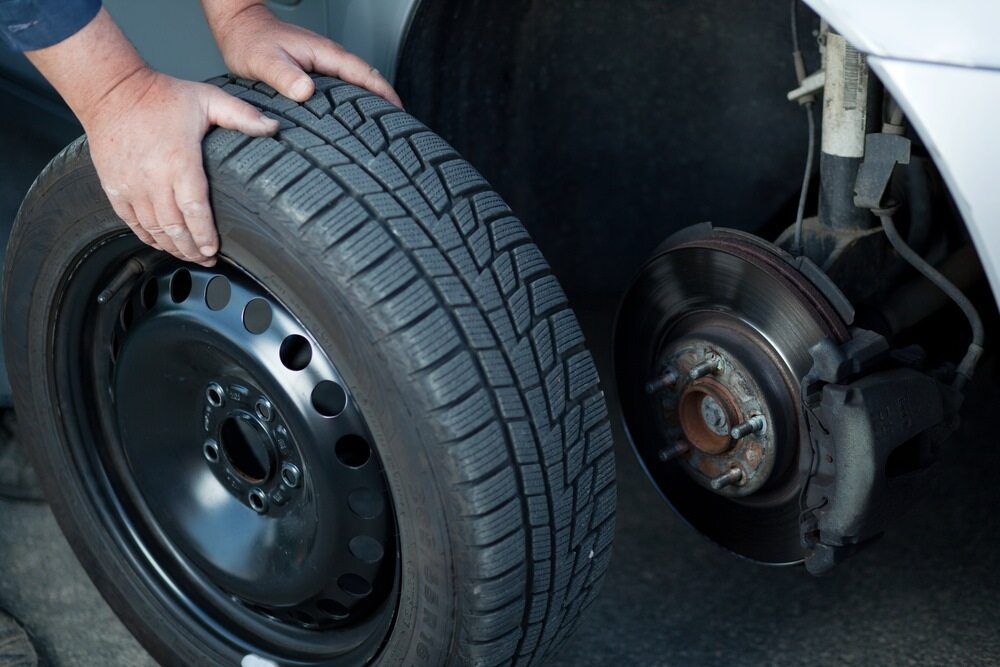How Often Should You Replace Your Tyres? Signs You’re Due for a Change
Every time you roll out of your driveway along the Central Coast, your tyres quietly keep you grounded—literally and figuratively. Yet, it’s easy to ignore tyre wear until a bump sends a shock through your steering wheel or the tread disappears beneath the rain. Let’s explore when it’s time for new tyres, how to spot tyre replacement signs, and why timely replacement from a local provider matters for safety, performance and peace of mind.
Imagine cruising on a damp morning when suddenly your car feels unsteady or pulls slightly. A hidden crack or worn-out tread could be the culprit—issues that only become visible when looked for. In this post, we’ll walk you through how often you should change tyres.

Tread Depth: The Legal & Safe Limits for Your Tyres
The grooves on your tyre aren’t just to make your car look sporty—they’re vital for grip and braking. Tread depth matters now more than ever, especially when rain and coastal spray mix under your wheels.
- Use a tyre tread gauge or the “20-cent test” to measure—if tread sits lower than the rim of a 20c coin, it’s time to act.
- Australian regulations require a minimum tread depth of 1.5 mm; ideally, tyres should be replaced with a tread depth of around 3 mm for better wet-condition performance.
- Low tread depth affects braking distance, especially on wet roads, reducing your stopping time by several metres.
Replace tyres before they reach the legal minimum to ensure safe braking distances, especially during sudden coastal downpours.
Cracks, Bulges & Visible Damage: When Wear Becomes a Warning
Tyres that appear intact at first glance can hide structural damage. A quick visual check can save you from bigger surprises on the road.
- Look for small cracks or dry-looking cuts in the sidewalls—these can indicate ageing rubber that’s losing flexibility.
- Bulges or distortions sometimes mean internal fibres have snapped, weakening the tyre’s ability to hold air.
- Embedded nails or foreign objects may not always leak air immediately, but they can cause flattening or blow-outs over time.
If you spot any of these, a professional visual inspection is essential—it may prevent an avoidable roadside emergency.
Driving Feels Off? Vibration & Handling Changes Can Point to Tyre Issues
Tyres don’t just carry weight—they influence how a car feels when it moves. The tyres should be part of your first check-in if something feels odd.
Uneven wear or internal belt failure can cause:
- A subtle yet persistent vibration in the steering wheel or throughout the car.
- Pulling to either side might not be due to alignment alone—it could be a tyre imbalance.
- Intermittent “thumps” or bouncing that only happen above certain speeds.
Always trust what your car tells you. If the ride changes for the worse, don’t ignore it—it could be a tyre asking for attention.
Age Matters: Even Unused Tyres Have a Shelf Life
Even if you barely drive or have a spare that’s never seen the road, tyres don’t last forever. Age can affect rubber just as much as mileage.
- Tyres older than 5–6 years may deteriorate, even if tread depth appears acceptable.
- Sunlight, ozone and temperature shifts weaken the rubber’s flexibility over time.
- Look for the manufacture date code on the sidewall (the last four digits show week and year of production).
Replacing ageing tyres—even those with usable tread—is a preemptive step that keeps grip and safety at premium levels.
Uneven Wear Patterns: What They Say About Your Car & Tyres
Uneven wear tells a story about more than just tyres—it speaks volumes about how your car’s setup is behaving.
Inner or Outer Edge Wear
Often linked to wheel alignment. It can cause faster wear on one side, leading to uneven performance and noisy rides.
Centre Wear
Typically indicates over-inflation. While it can make fuel economy seem better, it reduces contact patch length, affecting cornering grip.
Shoulder Wear
Underinflation can lead to this pattern, causing sluggish steering response and heightened risk of heat damage over long drives.
Having a setup adjusted or rotating tyres regularly ensures that they wear uniformly, stretching life and safety equally.
Fuel Efficiency Falling? Worn Tyres Could Be the Culprit
Fuel use isn’t just about how you drive, but also how your tyres perform. Worn or incorrect tyre pressure can mean spending more at the bowser for less.
- Underinflated tyres create higher rolling resistance and sap fuel economy.
- Badly worn treads struggle with grip, causing engine strain as the vehicle seeks traction.
- New tyres with proper tread and inflation can boost fuel efficiency and reduce carbon emissions.
If you notice fuel bills creeping up, don’t overlook your tyres—they may be the hidden drain.
Seasonal Conditions & Road Use: Central Coast Driving Demands Extra Attention
Driving conditions vary across the Central Coast, from misty mornings to midday sun, sandy patches to spray from walls. If left unchecked, these factors accelerate tyre wear.
- Salt-laden air and coastal humidity can dry or crack tyre rubber faster than in inland areas.
- Frequent short trips, rain and beach access create temperature shifts that quicken tread wear.
- Regular checks—even before a holiday drive or peak commute season—ensure you’re ready for local conditions.
Local driving demands local care. Keeping tyres in check means safety and comfort for Central Coast-specific challenges.
Professional Inspections: Why Regular Tyre Checks Are Worth It
While at-home inspections are helpful, nothing beats a professional tyre check—especially as wear nears replacement thresholds.
What technicians can do:
- Measure tread and uncover uneven wear missed by the eye.
- Detect sidewall damage or internal delamination that is not apparent externally.
- Confirm tyre pressure, alignment and rotation schedules to maximise tyre lifespan.
Make tyre checks part of your routine—even pre-winter or pre-holiday servicing gives you confidence that your wheels are ready for anything.
Let’s Keep You Rolling Strong
Tyres on the Central Coast are more than mere rubber on the road—they’re literal lifelines to every drive, especially in demanding coastal conditions. Staying alert to tread depth, age, wear patterns, and handling changes turns proactive care into long-term safety.
If you’d like an expert tyre check-up or replacement focused on Central Coast driving needs,
reach out to us. Regular care today leads to safer, smoother drives tomorrow.












